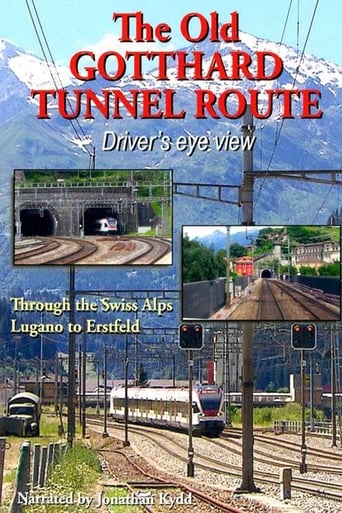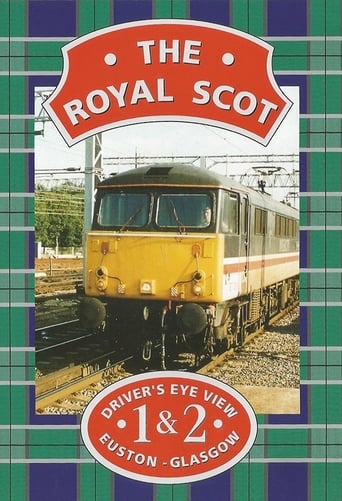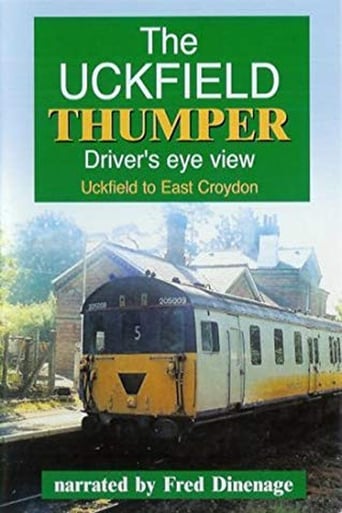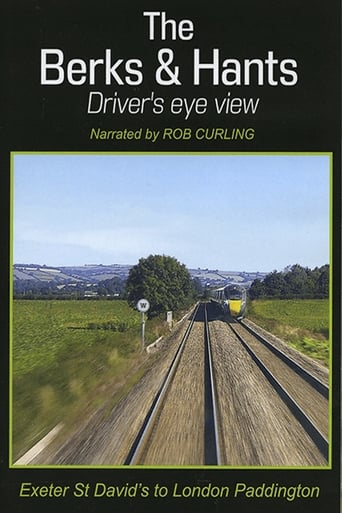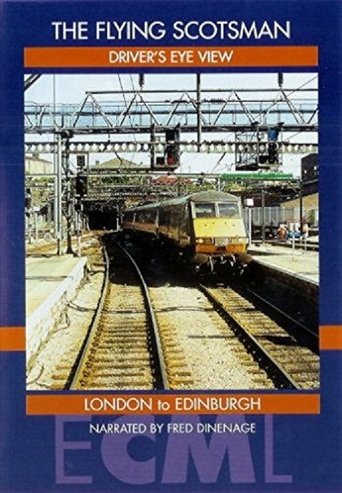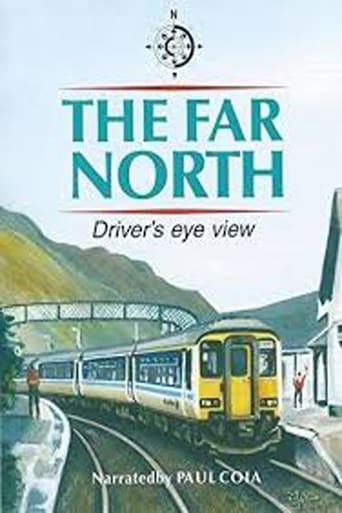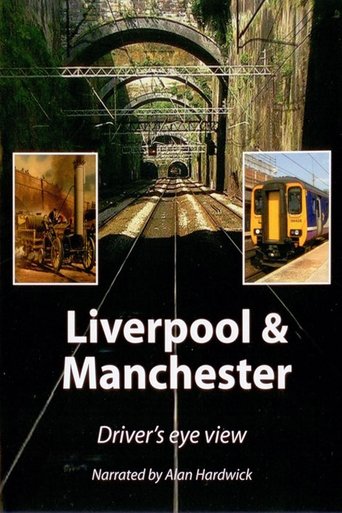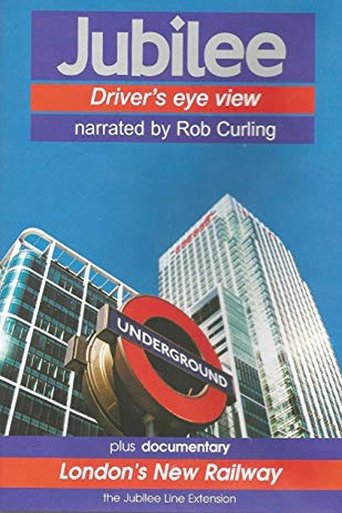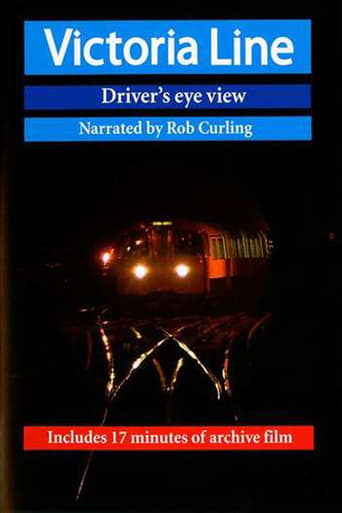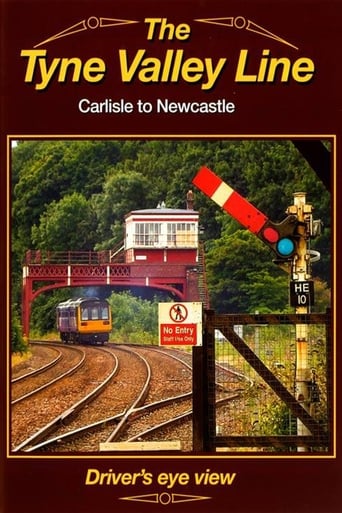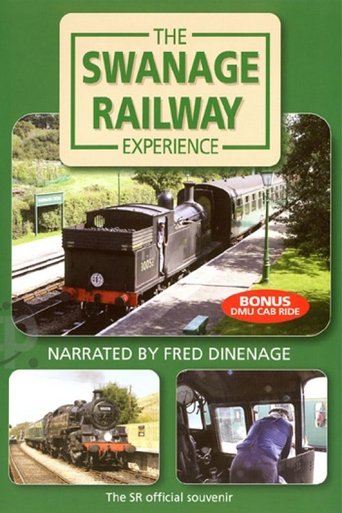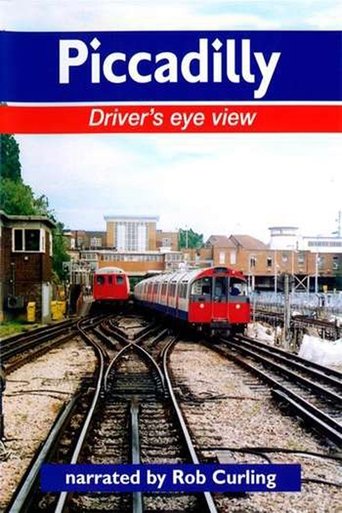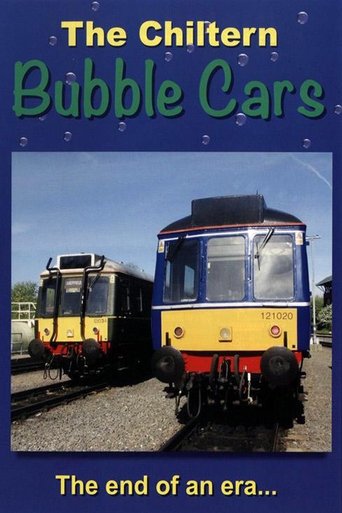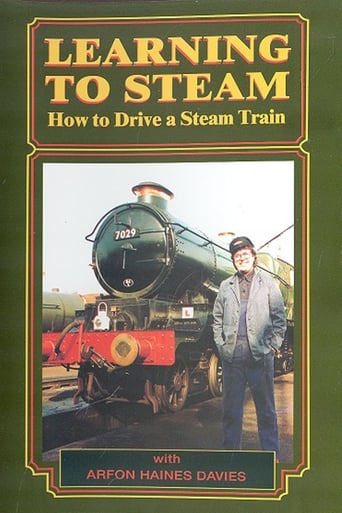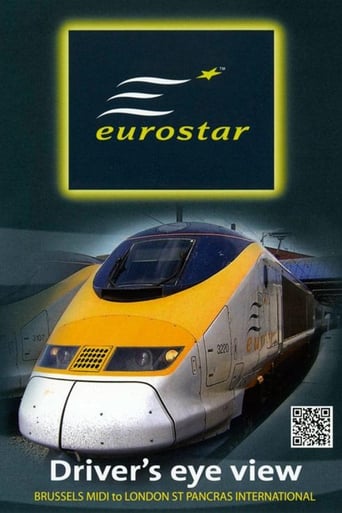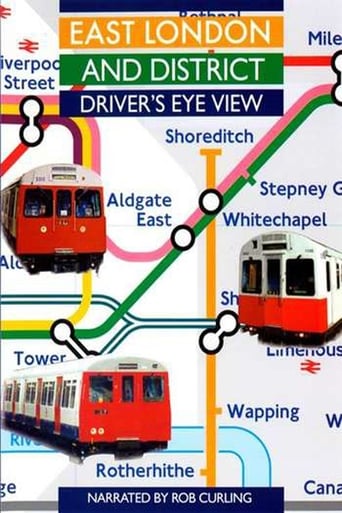The Old Gotthard Tunnel Route - Driver's Eye View 2018
The original Gotthard railway tunnel through the Swiss Alps, took ten years to build and cost 147 lives. It was a mammoth undertaking and required the construction of long ramps on either side totalling 85 miles. Dozens of tunnels, viaducts and bridges were necessary. The ruling gradient of 1 in 37 was deemed to be just about the maximum that the original steam locomotives could handle, even then, trains were usually double-headed and even had banking engines attached at the rear! In order even to keep to this severe gradient, the engineers had to construct a number of additional spiral tunnels to gain height, hewn out of solid rock…
